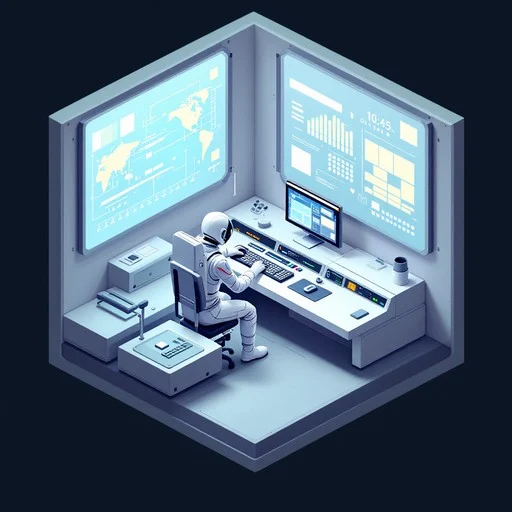Category: UI
-
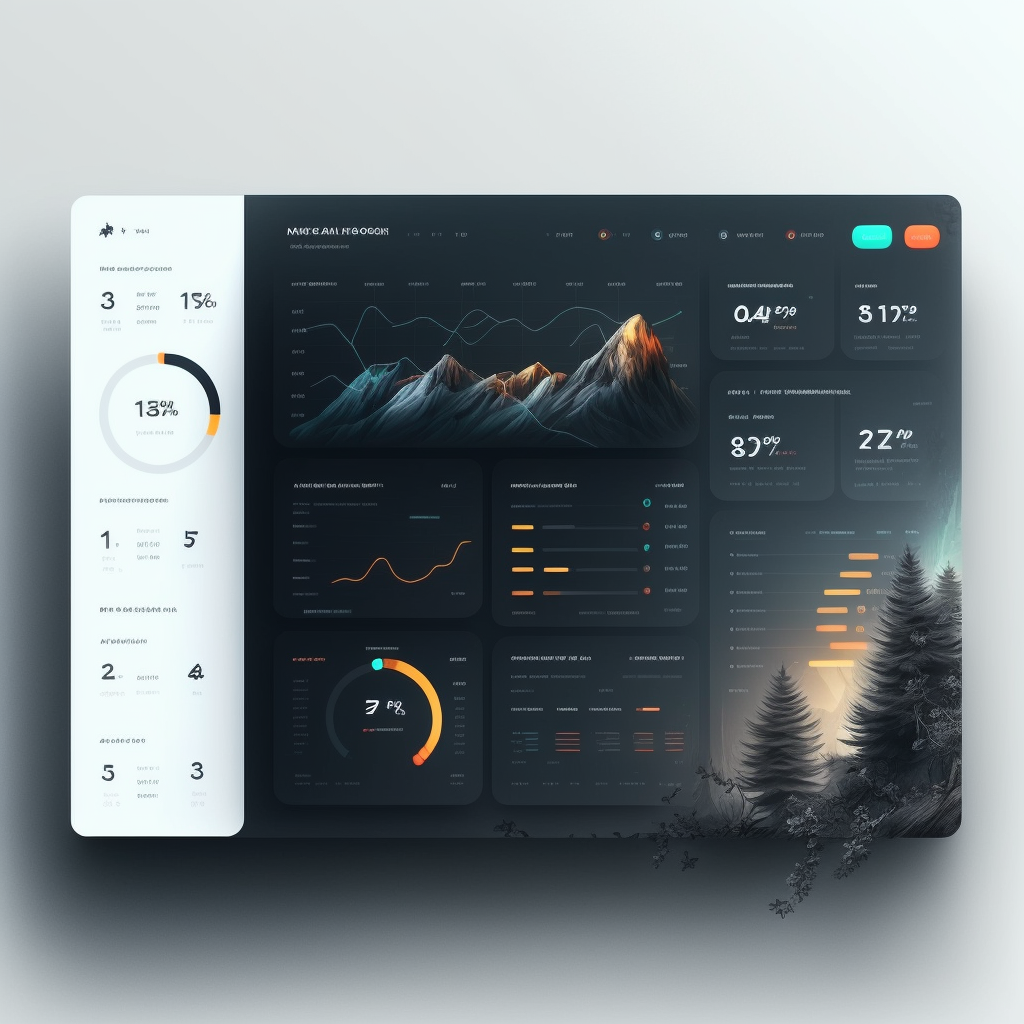
AI-Personalized UI: How Artificial Intelligence Is Transforming User Interfaces in 2025
If 2020 was the year of dark mode, and 2023 belonged to neumorphism’s comeback, 2025 is shaping up to be the year of hyper-personalized UI—driven by AI. From websites that adjust layouts in real-time to apps that learn your preferences and proactively anticipate your next move, AI is no longer just a back-end assistant—it’s now…
-
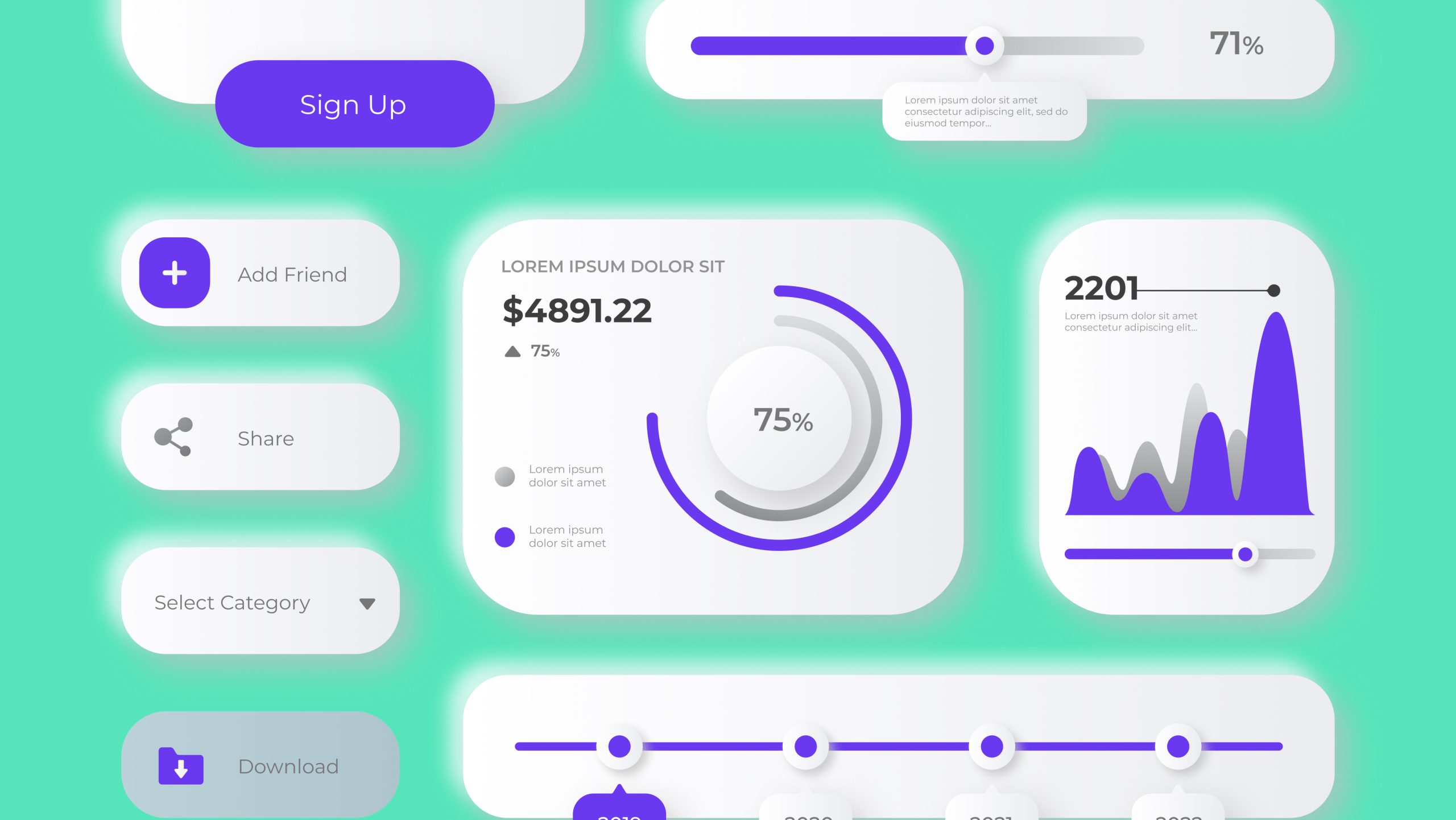
Neumorphism in UI Design: The 2025 Evolution of Soft, Tactile Digital Aesthetics
In the ever-changing landscape of UI design, 2025 has seen the return and evolution of a style that some thought was just a passing fad—neumorphism. This design approach, blending elements of skeuomorphism with the cleanliness of flat design, has re-entered the UI conversation in new, more refined ways. For designers, product teams, and brands looking…
-

COVIDSafe: How Australia’s Contact Tracing App Became a Digital UX Failure
In early 2020, as COVID-19 spread across the globe, governments scrambled for ways to contain it. Australia was no exception. With rising case numbers and pressure to reopen safely, the Australian government launched a bold digital initiative: COVIDSafe, an app that promised to automate and enhance contact tracing efforts. Backed by a multimillion-dollar campaign and…
-

Service Victoria’s UI Overhaul: How a Government Platform Became a User-Centered Digital Success Story
In Australia, government websites have long been a source of user frustration.Clunky layouts, confusing flows, outdated designs — these were often the norm. But in recent years, one platform has defied the stereotype: Service Victoria. Service Victoria — the state’s centralized digital portal for driver licenses, registrations, certificates, and public services — underwent a major…
-
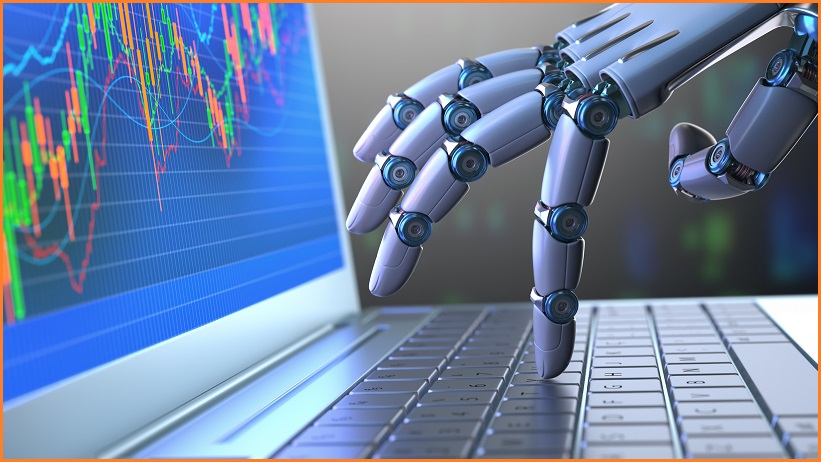
Robodebt’s Digital Reckoning: What Australia’s UX and System Designers Must Learn About Accountability
In Australia’s digital and design community, the word Robodebt is no longer just a policy term — it has become a symbol. A symbol of what happens when digital systems fail to prioritize human users.A symbol of what goes wrong when automated processes run without sufficient oversight.A symbol of how poor UX decisions can snowball…
-
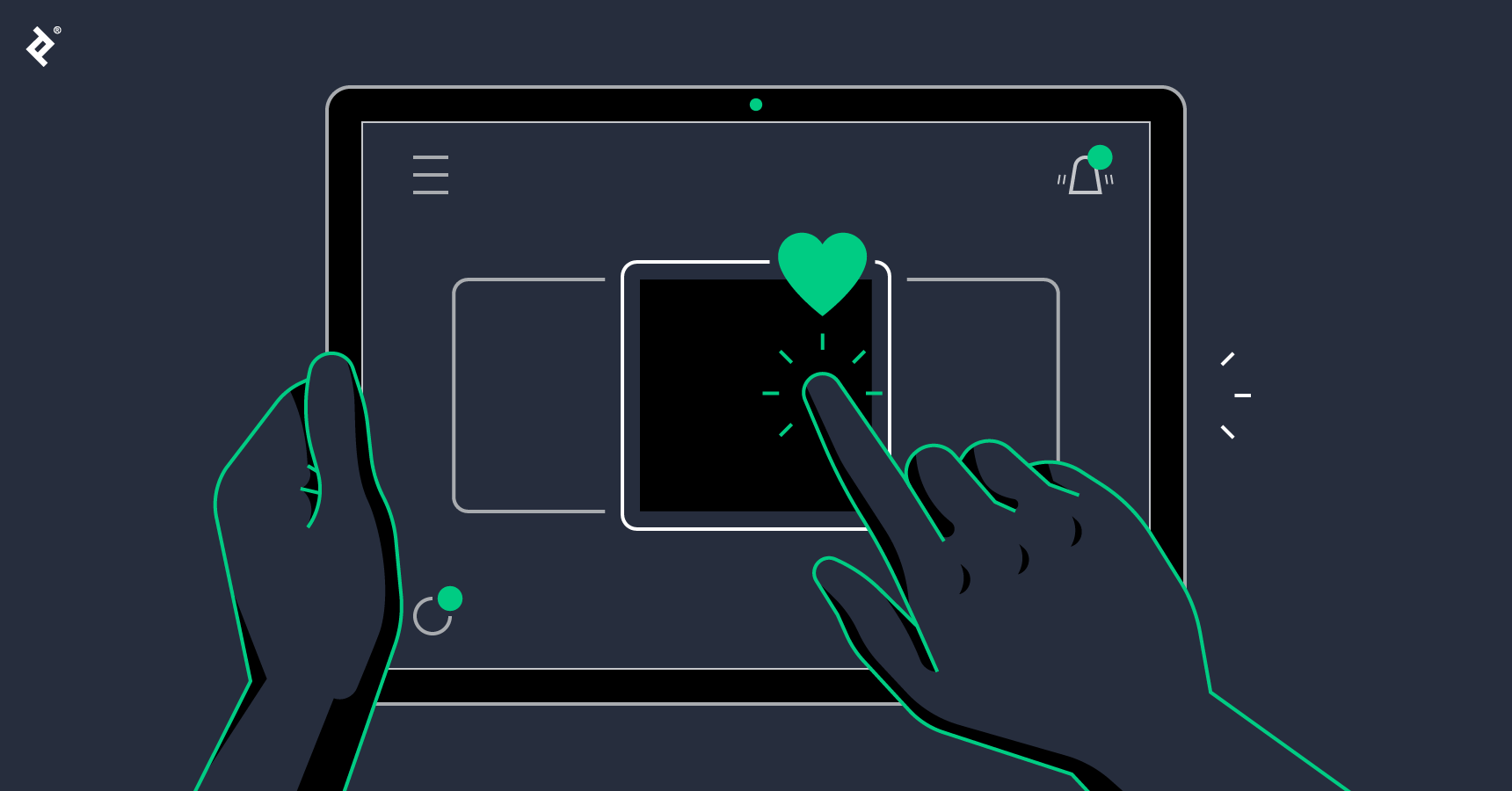
Micro-Interactions in 2025: How Australian UI Designers Are Using Small Details for Big Impact
In 2025, users expect more than just smooth layouts and pretty visuals — they crave micro-moments that make digital experiences feel alive. Enter micro-interactions: those tiny, often subtle animations and responses that guide, delight, and reassure users across websites, apps, and interfaces. For Australian UI professionals, mastering micro-interactions is no longer optional — it’s essential…
-
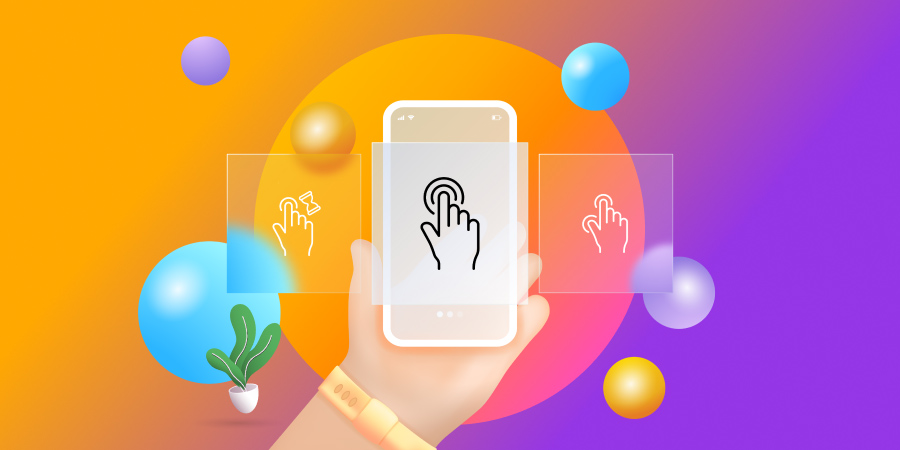
Immersive Storytelling in Web Design: How Australian Brands Are Engaging Users Emotionally in 2025
In 2025, flashy animations and clever copywriting aren’t enough to keep users hooked. To truly captivate audiences, brands need to tell stories—and not just in words, but through design, interaction, and emotional resonance. Across Australia, a new wave of web experiences is taking over: immersive storytelling-driven design. It’s reshaping how brands communicate, how users experience…
-
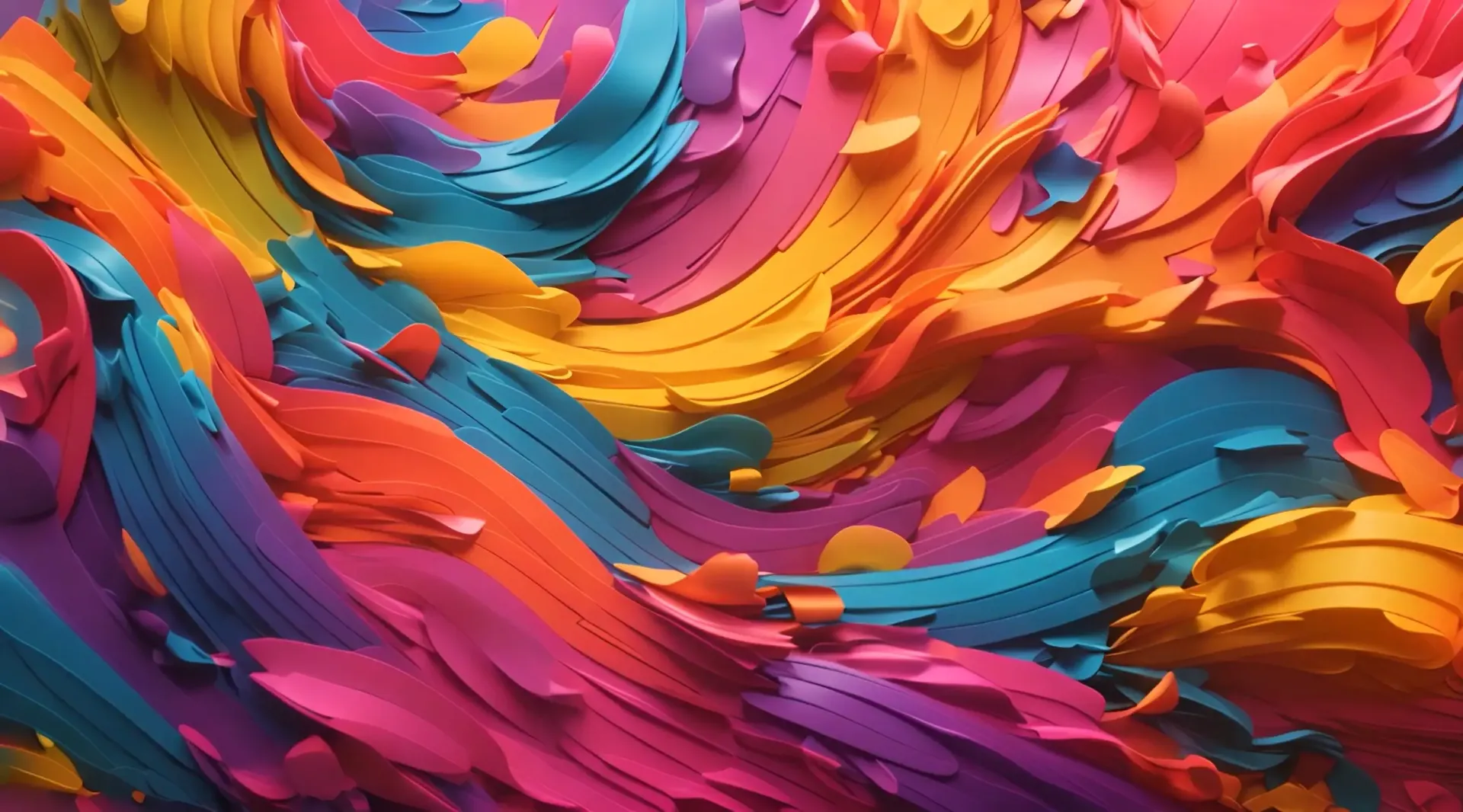
Soft Gradients and Subtle Color Transitions: UI Color Trends in 2025
Color has always been a powerful tool in UI design. It sets mood, communicates hierarchy, grabs attention, and builds brand recognition. But in 2025, something interesting is happening: instead of bold, saturated color blocks, designers are embracing soft gradients and subtle color transitions to create calmer, more sophisticated experiences. These aren’t your neon Instagram gradients…
-

Why Skeuomorphism is Making a Quiet Comeback in UI Design 2025
For years, we thought skeuomorphism was dead. The glossy buttons, stitched leather textures, and faux-realistic icons of the early iPhone era were replaced by minimalism, flat design, and abstract metaphors. But guess what? Skeuomorphism is making a quiet comeback in UI design 2025—and this time, it’s smarter, subtler, and a lot more mature. You won’t…
